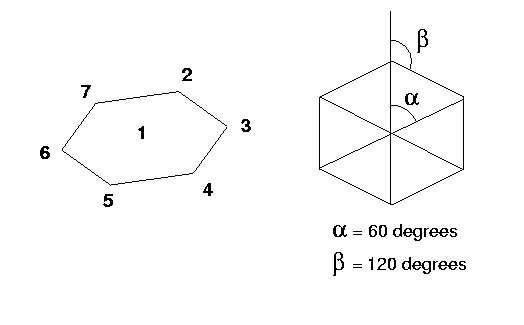

The Z-matrix description of Atoms 1-3 is trivial, so I will begin this discussion with Atom 4.
Atom 4: Atom 4 is the third Carbon atom in
the benzene ring. In the figures below, one can see the connectivity
and the geometrical relationships between Atom 4 and Atoms 1-3.
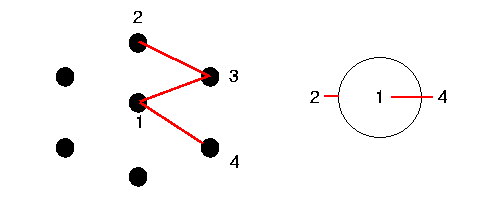
Atom 5: Atom 5 is the fourth Carbon atom in
the benzene ring. In the figures below, one can see the connectivity
and the geometrical relationships between Atom 5 and the other atoms.
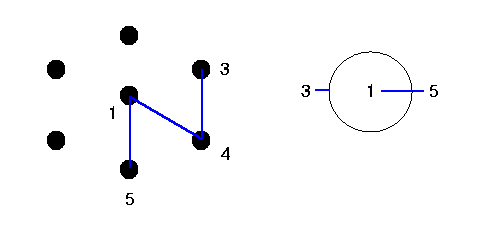
Atom 6: Atom 6 is the fifth Carbon atom in
the benzene ring. In the figures below, one can see the connectivity
and the geometrical relationships between Atom 6 and the other atoms.
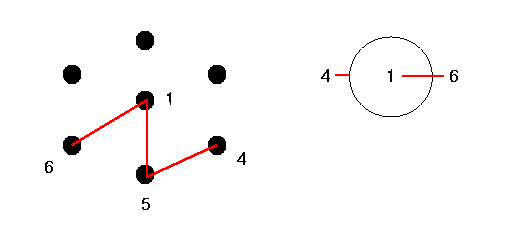
Atom 7: Atom 7 is the sixth Carbon atom in
the benzene ring. In the figures below, one can see the connectivity
and the geometrical relationships between Atom 7 and the other atoms.
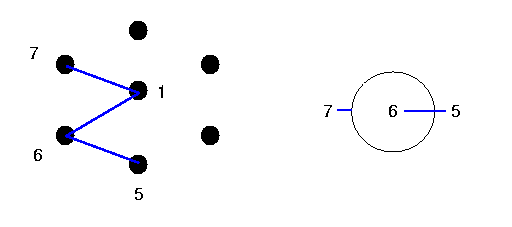
This is the first Hydrogen atom in the molecule. It is distinguishable
from the other atoms by its color (red).
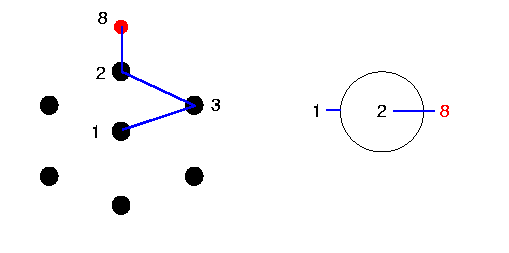
Note: this could also be connected as 8-2-1-3 with Angle(8-2-1)=180° and dihedral angle (8-2-1-3) = 90°.
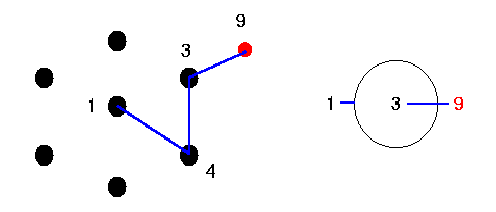
Can you think of an additional way (using a different connectivity) to represent this atom?
These 2 examples of connecting individual Hydrogen atoms (8 and 9) should suffice. No other examples will be provided as they can be deduced from induction of cases 8 and 9.